Everytime I drive from Toulouse to Poitiers and from Poitiers to Toulouse, I see signs along the road indicating the proximity of many beautiful sites. And everytime, I plan in my head to go visit them some day. So many times, I’ve seen the Gouffre de Padirac sign, and on August 24th last year, I finally visited that eerie abyss.
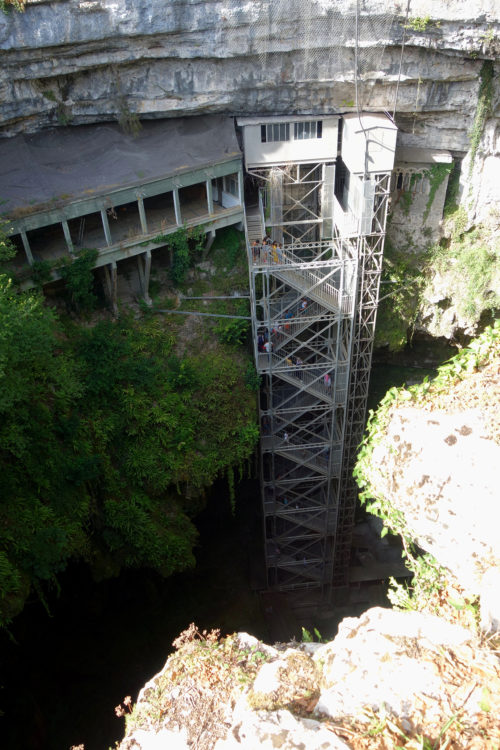
Stories About The Creation Of The Gouffre De Padirac
There are many stories about the Gouffre de Padirac. And that’s understandable: when you see how deep it is, you can only be impressed. Now, if you are fascinated by this giant hole in the ground, imagine what people would have thought about it in medieval times! People had wild imaginations and beliefs.
One of the legends explains why the pit is named “Padirac”. In Occitan (the local language of Occitanie), it means the “Devil’s footstep”. The story says that Lucifer created the Gouffre hitting the ground with his talon and asked Saint Martin to cross from one side to the other if he wanted to save the souls of peasants condemned to Hell. Of course, Saint Martin successfully jumped across on his mule.
There are many legends surrounding the Gouffre, including one about a treasure hidden by the English at the end of the Hundred Years’ War. This one is told in detail as you sail on the underground river.
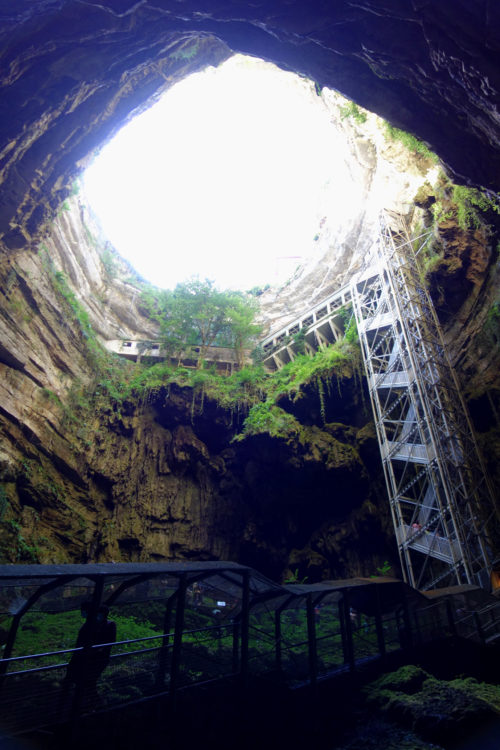
The Origins Of The Gouffre De Padirac
Nobody knows exactly how old the pit is, but the official website indicates that “the Gouffre has certainly existed for several hundreds of thousands of years”.
First, the water ran through the limestone and rocks and gradually carved them to form a sort of chamber. Years after years, the ceiling became thinner and finally, it collapsed, thus creating the Gouffre de Padirac.
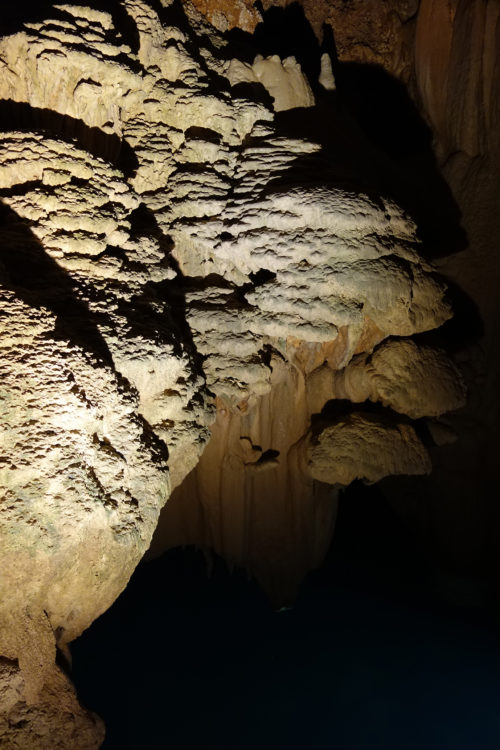
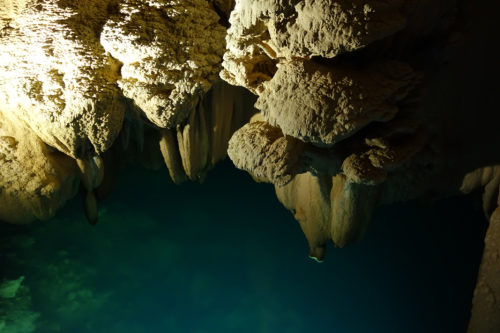
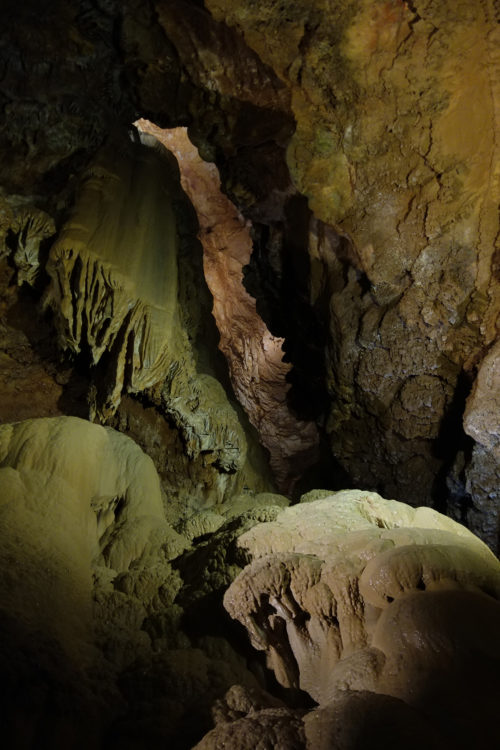
The Exploration Of The Gouffre
In 1889, after much preparation, Édouard-Alfred Martel launched his expedition to explore the Gouffre. With a few friends, he descended into the Devil’s Hole. Édouard-Alfred Martel suspected the presence of an underground river, and he was right. Carrying candles, the men discovered it at 103 meters below the surface. And the river led them to many more chambers. I guess it must have been a true adventure for these men. However, when I imagine them down there with their candles, I can’t help but feel uneasy and a bit claustrophobic. I like it much better like it is today when you do the visit: with large spaces to breathe and good lighting.
The Gouffre was officially inaugurated on April 10th, in 1899, ten years after the first exploration.
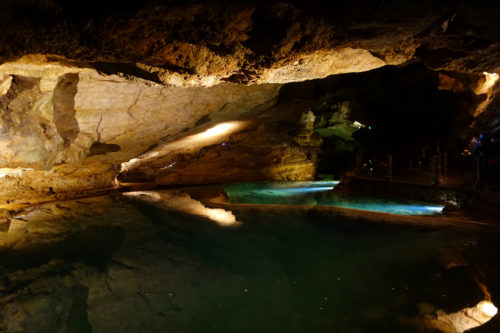

Visiting The Gouffre Today
You can buy your ticket here (as soon as it will reopen, it’s currently closed due to the pandemic). Buy it in advance, because it is a popular attraction!
You will visit the first part of the caves on foot using stairs or elevators, and listening to an audio guide. You can take as much time as you wish. I suggest to go slowly and observe the shapes that the water has carved in the walls of the Gouffre. There are some particularly impressive stalagmites, be sure to look up and down. A few of them reminded me of animals, like jellyfishes.
The lighting is well thought and lets us fully see the beauty of the site. The water ponds here and there creates a strange atmosphere, and if you manage to ignore the other tourists, it really feels like another world.
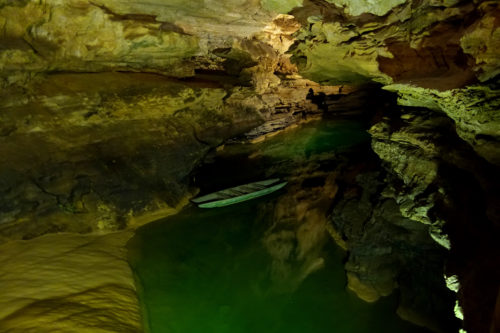
During the second part of the visit, you travel by boat on the underground river and the boatman tells you stories about the wildlife, the legends and other interesting anecdotes.
Finally, you go back to the exit on foot, listening to the last bits of information given by the audio guide. But before you exit, you go through the extraordinary Salle du Grand Dôme (Hall of the Great Dome). In this magnificent chamber, you can see a giant stalagmite surrounded by water, and it truly is magical.
I hope that you’ll get to see this site and that you’ll enjoy it as much as I did. My next goal along the Toulouse-Poitiers road? When it will reopen, I plan on going to visit the Cave of Pech Merle.
To see more photos of France, you can visit the gallery France.
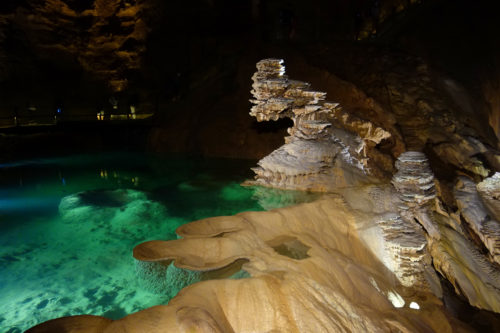

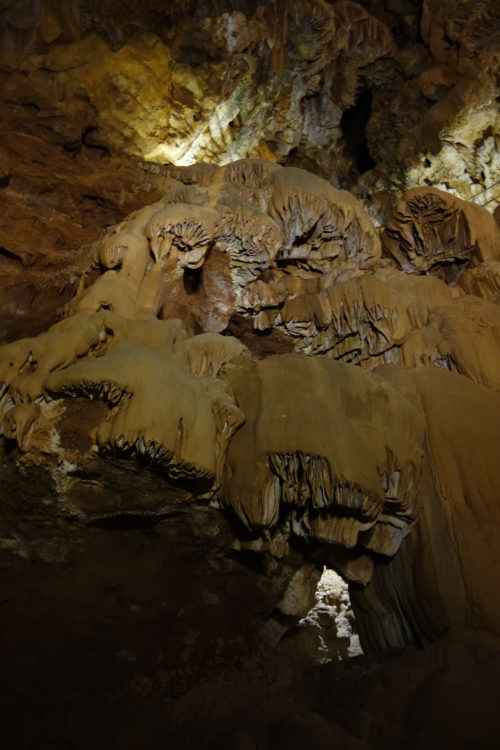
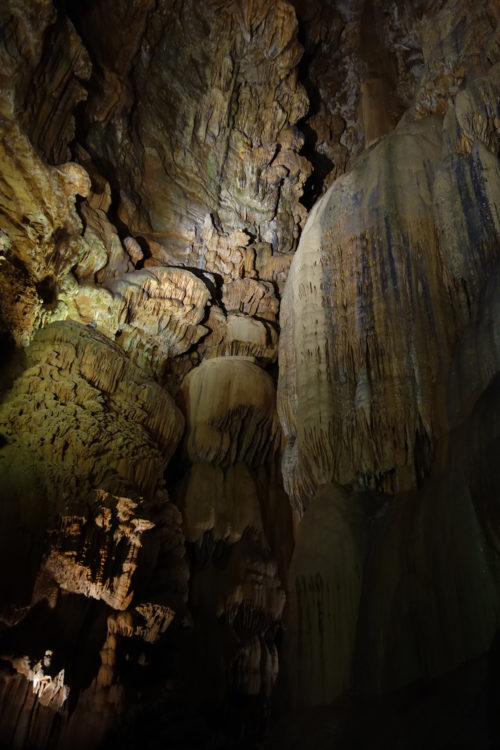

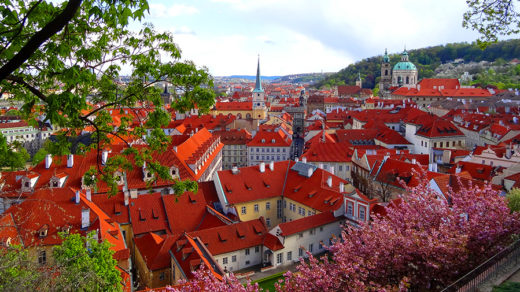


1 Response
[…] of signs indicating cool places to see. Actually, that’s partly why I decided to visit the Gouffre de Padirac. Another sign I see everytime I drive on that road is “Rocamadour”. In March, as I was […]